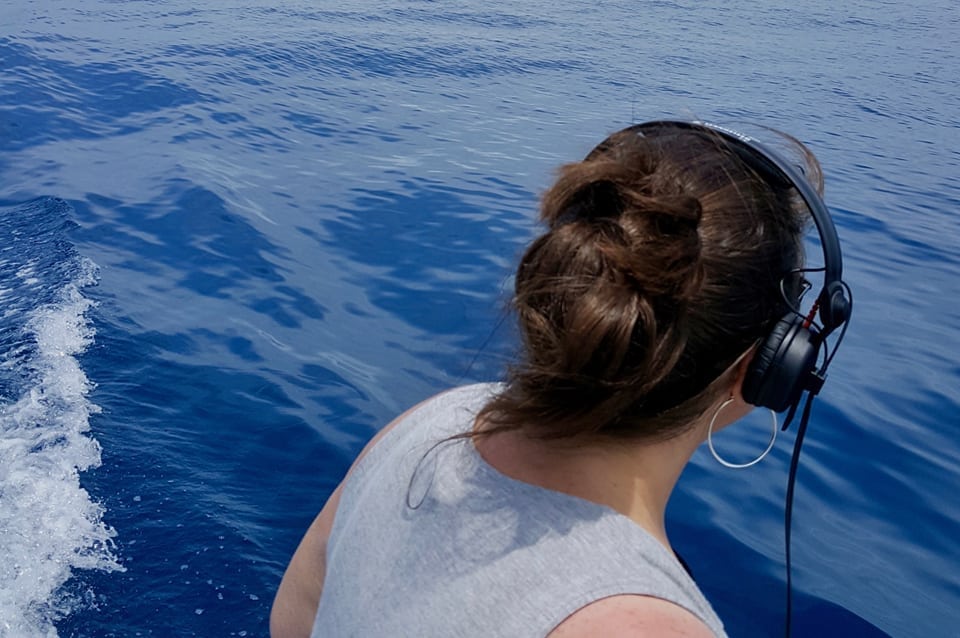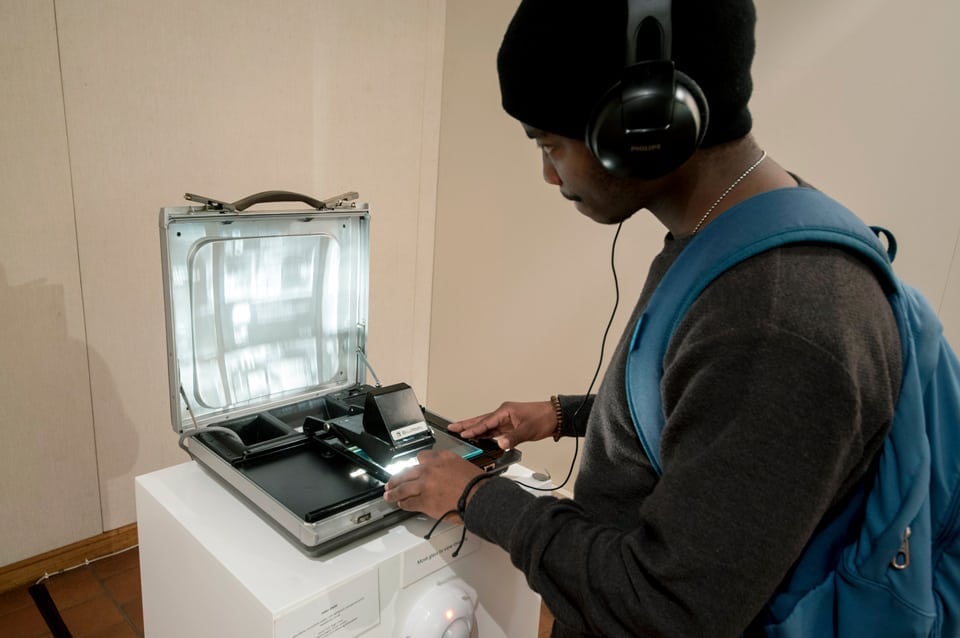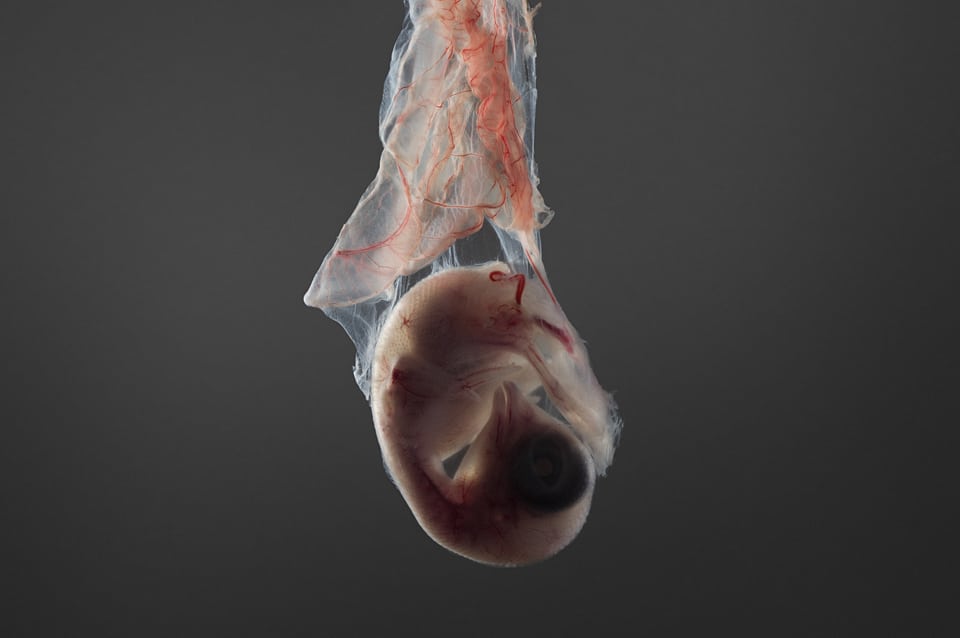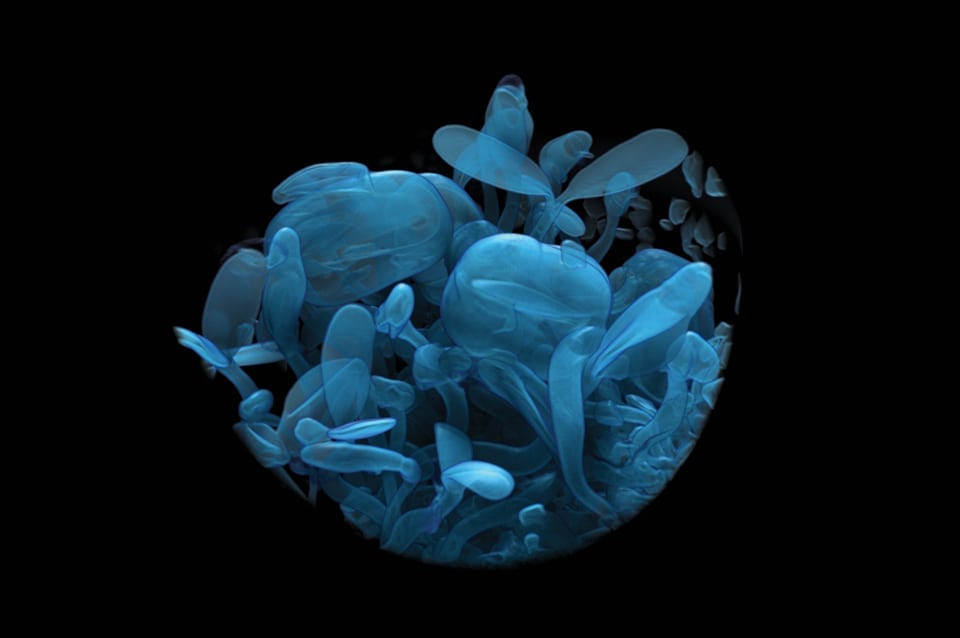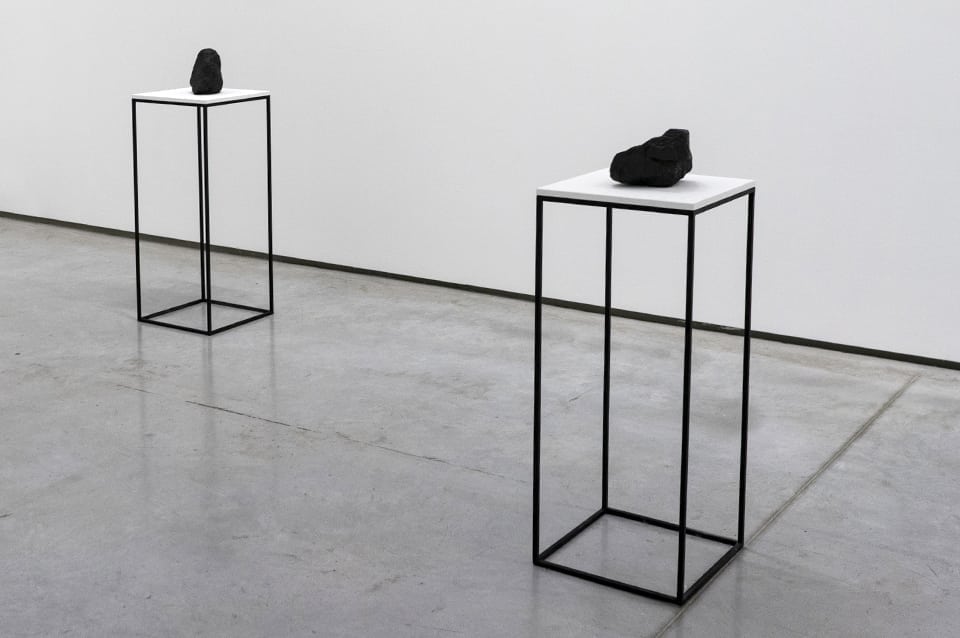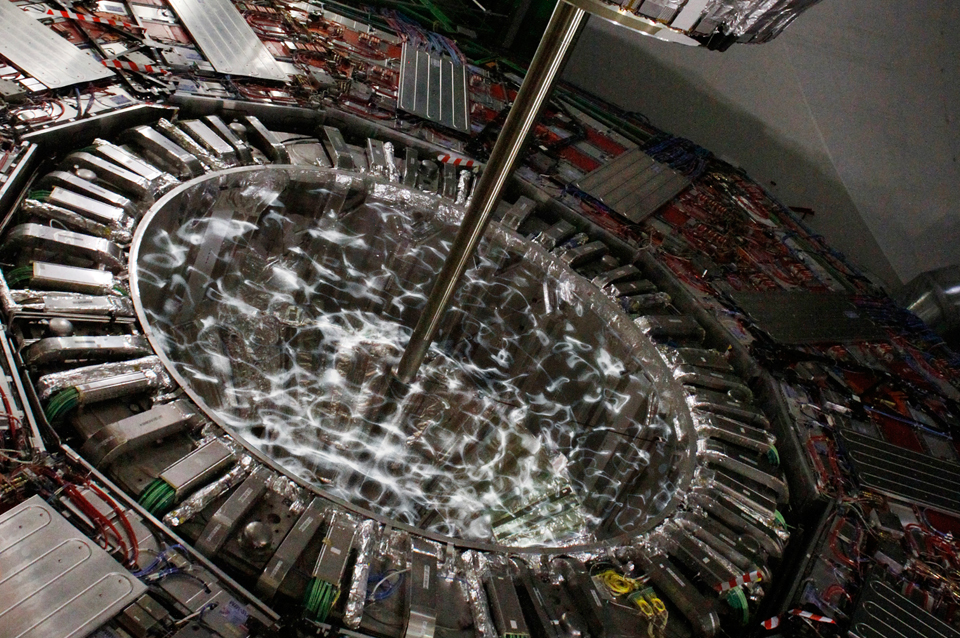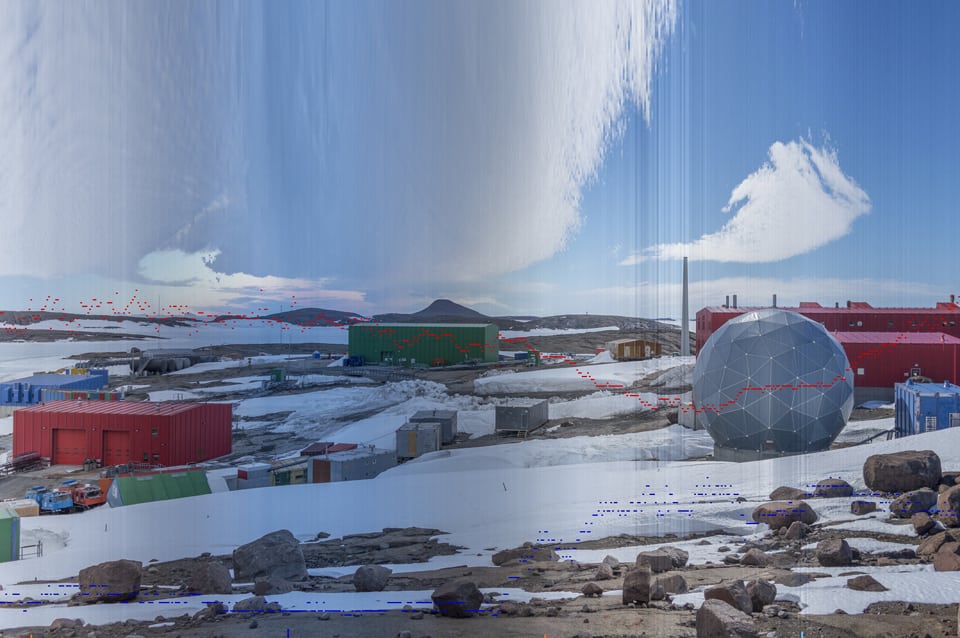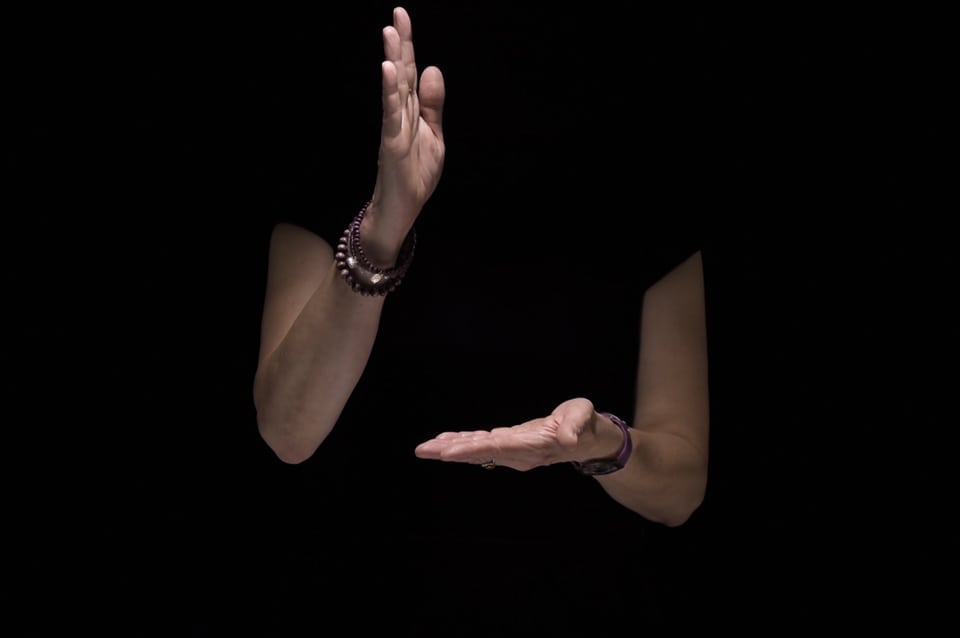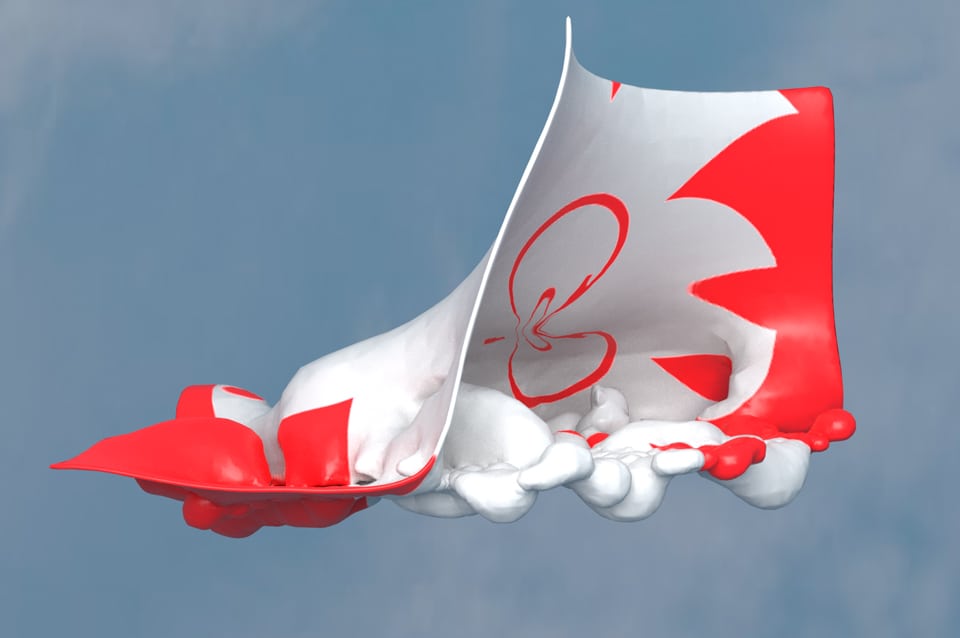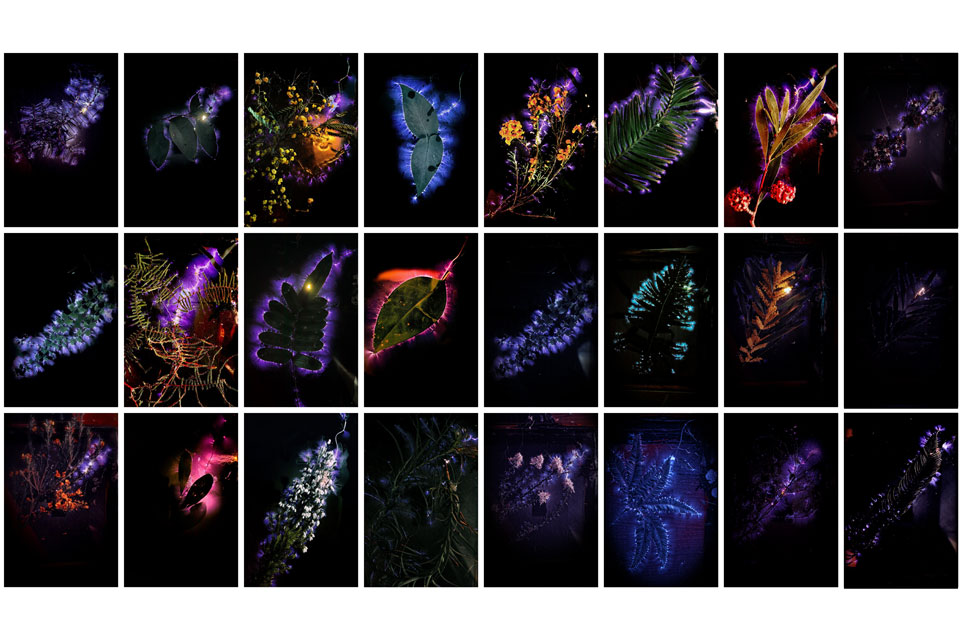
Spectra: The Art and Consequence of Collaboration
Curated by Experimenta
Produced by Australian Network for Art and Technology
The Art and Consequence of Collaboration is a group exhibition illustrating the extraordinary creative potential of art and science research collaborations. From a reimagined periodic table of elements, to the re-staging of an AFL game using GPS and performance data, to the visceral and earthy scent of gaseous rocks, each of the works selected provokes us into new ways of experiencing and interpreting the world around us.
Experimenta is excited to be working with our colleagues at ANAT on Spectra 2018, Australia’s pre-eminent art/science gathering showcasing the best research and creative work being produced through interdisciplinary collaborations between Australian artists and scientists.
Spectra 2018 explores the increasing convergence of art and science and considers how each area impacts the other and how, together, they shed light on who we are and where we’re heading. Taking place in Adelaide, South Australia, the inaugural Spectra will comprise a three-day symposium presenting collaborative research, an exhibition showcasing research outcomes, and a compelling public program of screenings, talks, performances and special events.
Spectra 2018 is proudly presented by the Australian Network for Art and Technology (ANAT), in partnership with the University of South Australia and Experimenta Media Arts, in association with colleagues from the arts and science sectors, and with additional support provided by Arts South Australia.
Spectra: The Art and Consequence of Collaboration presents eight Australian artists who courageously cross boundaries by deeply engaging with the sciences, resulting in an extraordinarily vibrant and diverse array of artworks. Their research not only impacts on their own artistic practices, it has opened up new horizons for the scientists they have worked with. This is where the potency of arts science collaboration lies: in its ability to spark new ideas, provide critical perspectives on some of the great questions of our time, and develop new forms of expression that speak to the sophisticated technological era we live in.
Many of the artists utilise scientific research and new technological tools to reconnect people to the reality of the physical world. By studying the growth of lichen in the forests of the Blue Mountains World Heritage Area, Joyce Hinterding ponders how the adaptations of lichen might present new opportunities for biomimicry. Chris Henschke is fascinated by the underlying patterns of the universe explored in the field of physics. Inspired by his residency at CERN, his work Resonance gives visual expression to a phenomenon seen at both the microscopic and macroscopic scale. Erica Seccombe’sOut of Season has utilised advances in microscopic scanning technologies to reveal the wonder of natural processes impossible to see with the naked eye.
In Martin Walch’s Terra Antarctica, the result of a recent residency at the Mawson Station in Antarctica, he shows a keen interest in observing a rarely visited part of our planet. Leah Barclay’s Migration Patterns: From Freshwater to Saltwater brings this same observational rigour to explore an equally unfamiliar environment, our aqua-sphere. David Haines’ Slow Fast Mountains appeals to the evocative power of our olfactory senses, triggering lived and ancestral memories of our connections to the earth. In his companion work The Wollemi Kirlians, Haines has utilised a photographic technique pioneered by the Russian electrical engineer Semyon Kirlian and his wife Valentina to create otherworldly images of flora found in the Wollemi Wilderness.
Helen Pynor’s video work documenting the hand gestures of Dr Salecker, whilst discussing her research, reminds us that scientists bring human feelings and passion to their work. Accompanying this work is Pynor’s Fallen, part of an extended exploration into the ambiguity of life’s beginnings and endings. Leah Heiss is also interested in bringing a human dimension to her design practice by personalising medical devices. In her work Facett, Leah Heiss demonstrates the transformative power in uniting aesthetics with functionality to challenge the norms of the health sciences.
The works in this exhibition traverse many scientific disciplines and are realised in many artistic forms. Most significantly, they offer a vital antidote to Stephen Wilson’s warning in his seminal book “Art + Science Now” that “the partitioning of curiosity, inquiry and knowledge into specialised compartments is a recipe for cultural stagnation.”
This exhibition, The Art and Consequence of Collaboration, was a centrepiece ofSpectra 2018 which comprised a symposium presenting collaborative research, an exhibition showcasing creative research outcomes, and a public program of screenings, talks, and performance. By showcasing and celebrating this work, Spectra positions Australian artists as central to this thriving international practice, and introduces their extraordinary work to Australian audiences.
– Jonathan Parsons, Artistic Director, Experimenta Curator, Spectra: The Art and Consequence of Collaboration
1. Wilson, Stephen. Art + Science Now. London: Thames and Hudson (2010, p.6).


